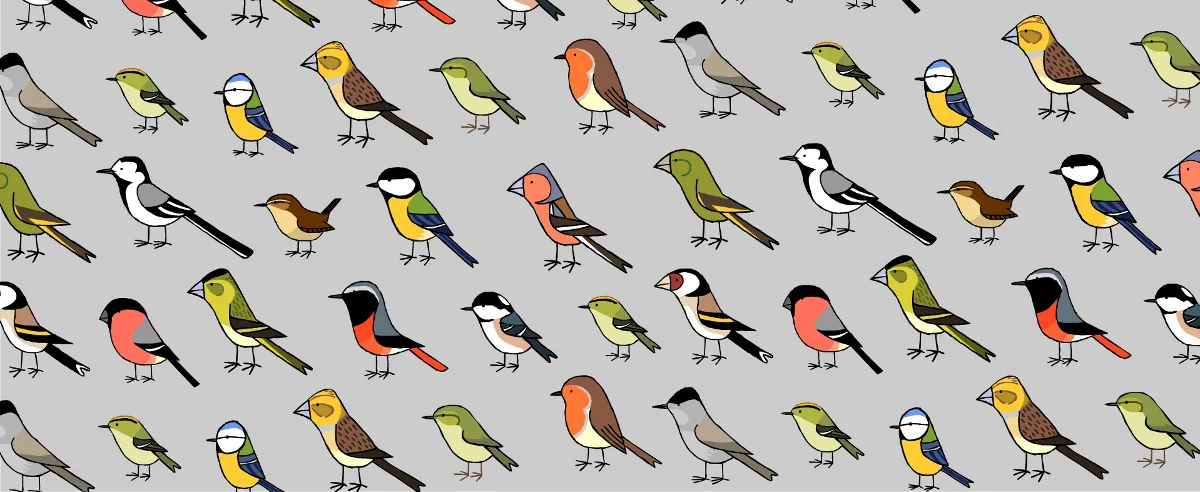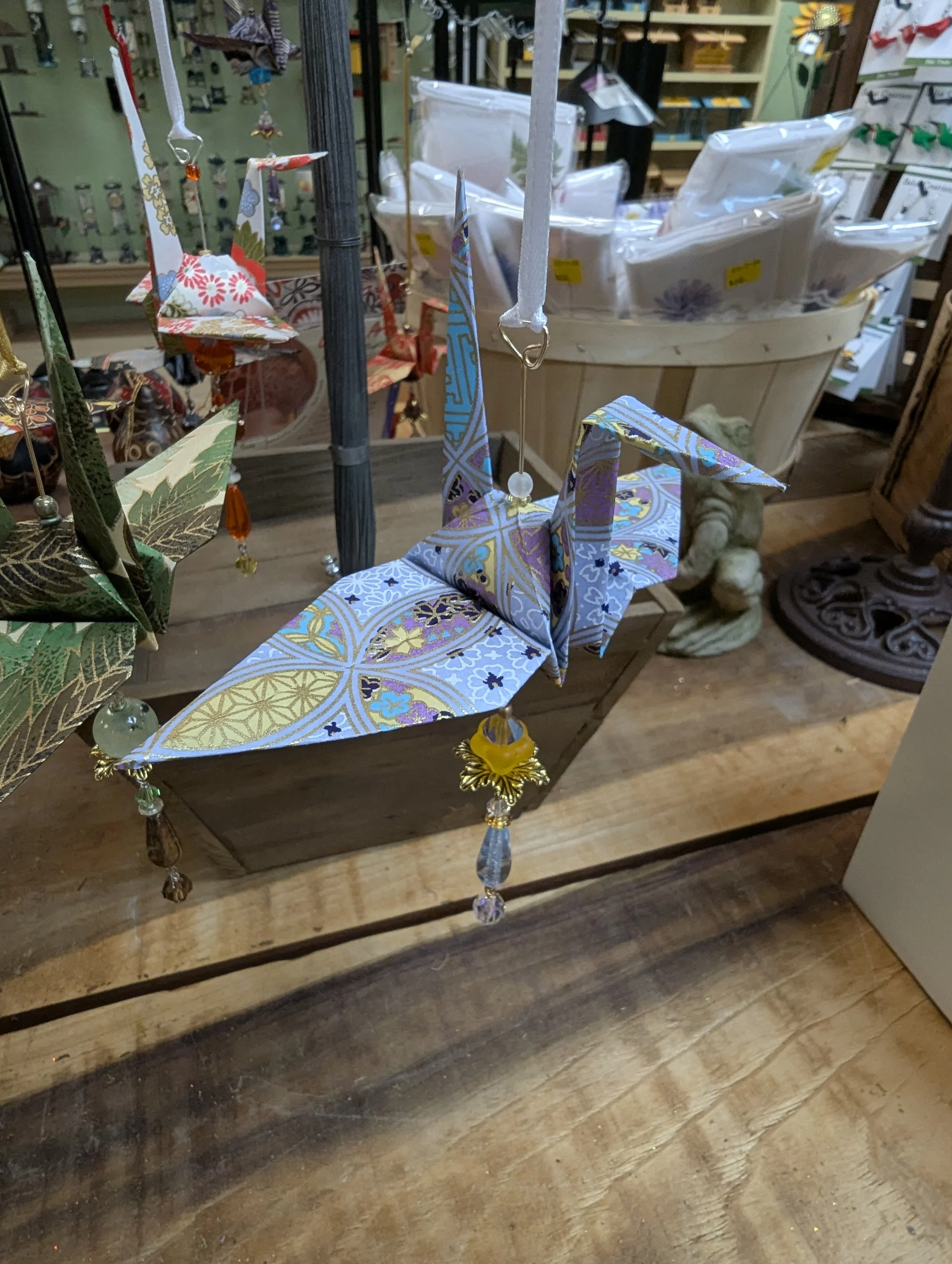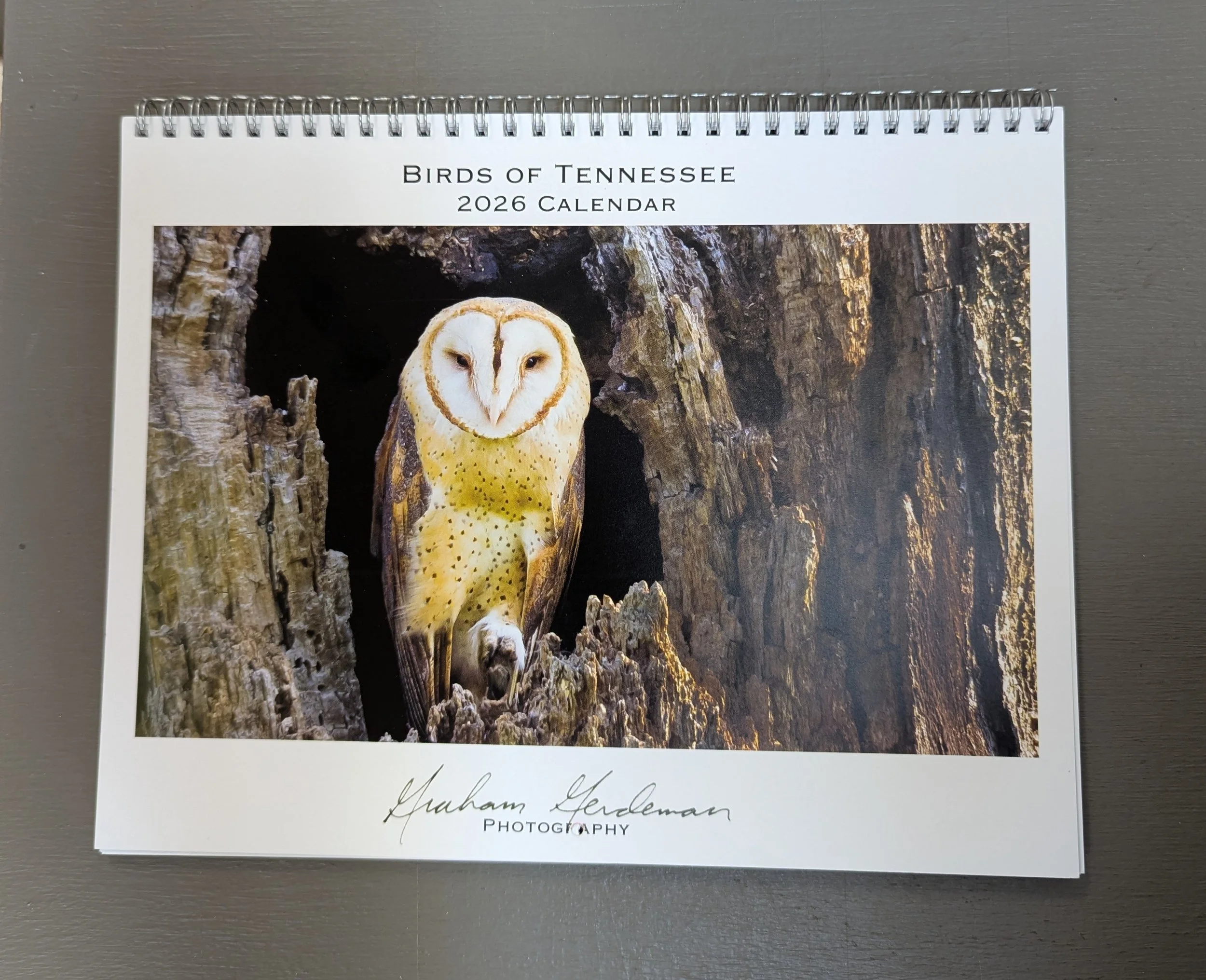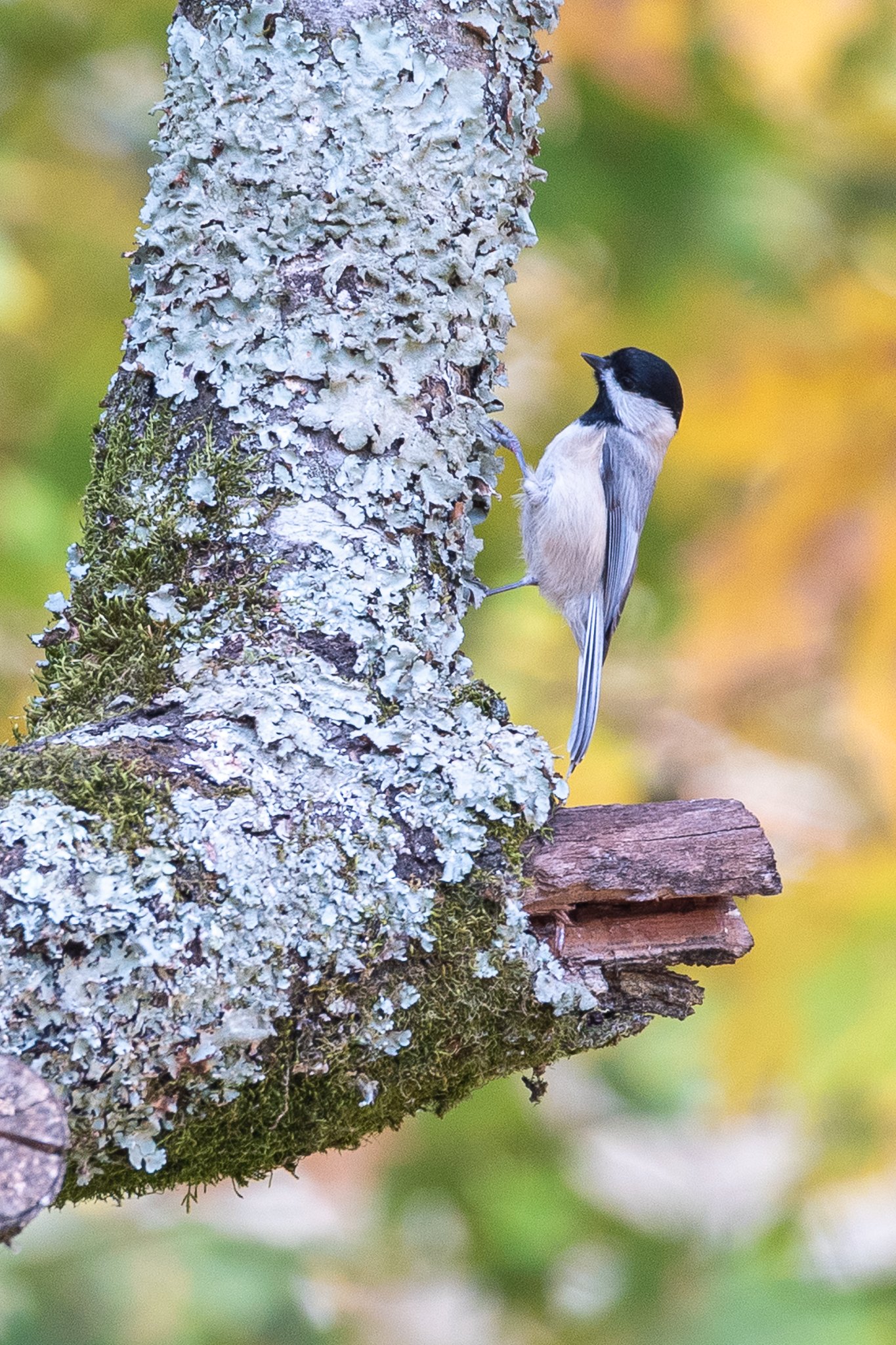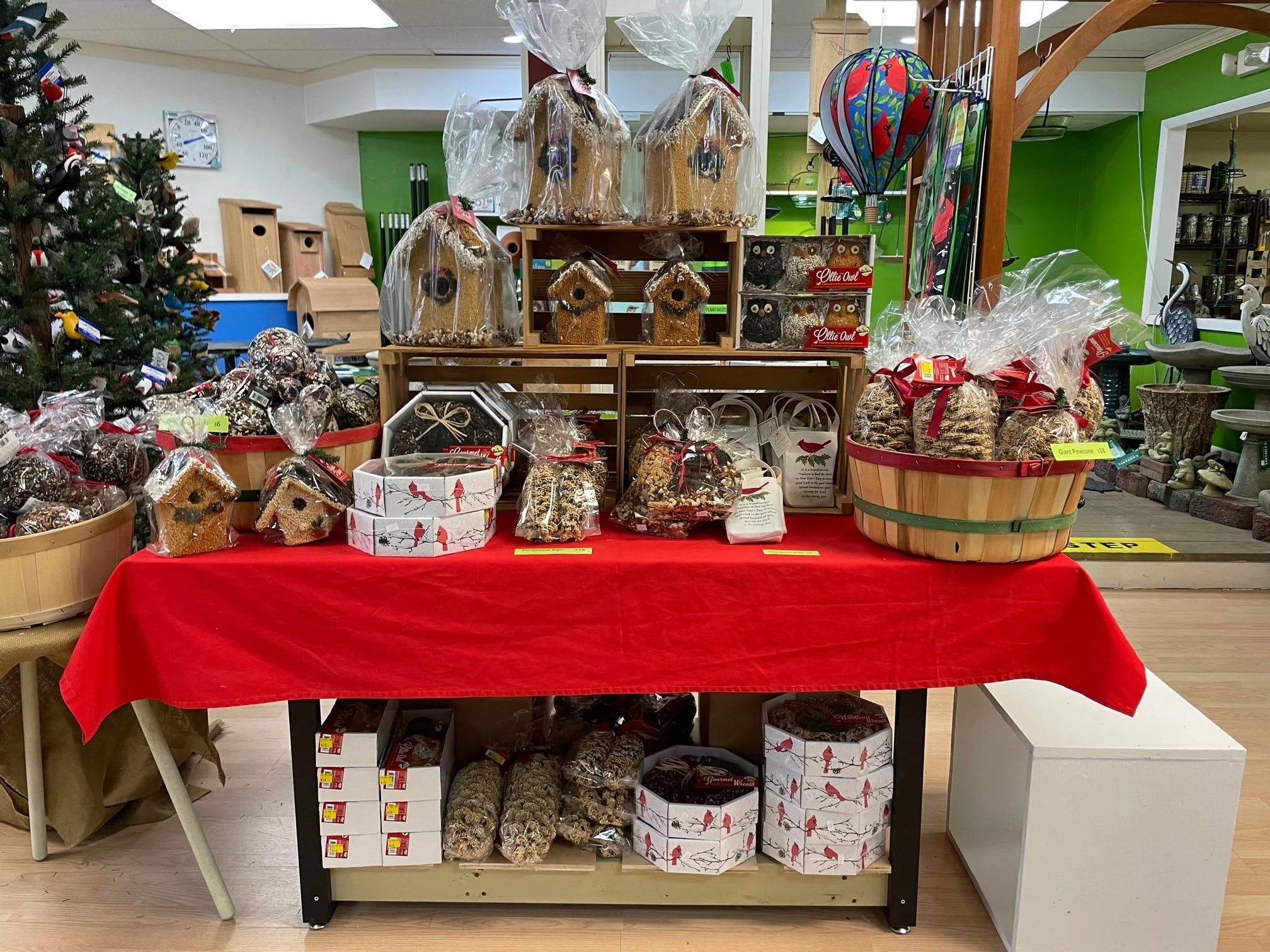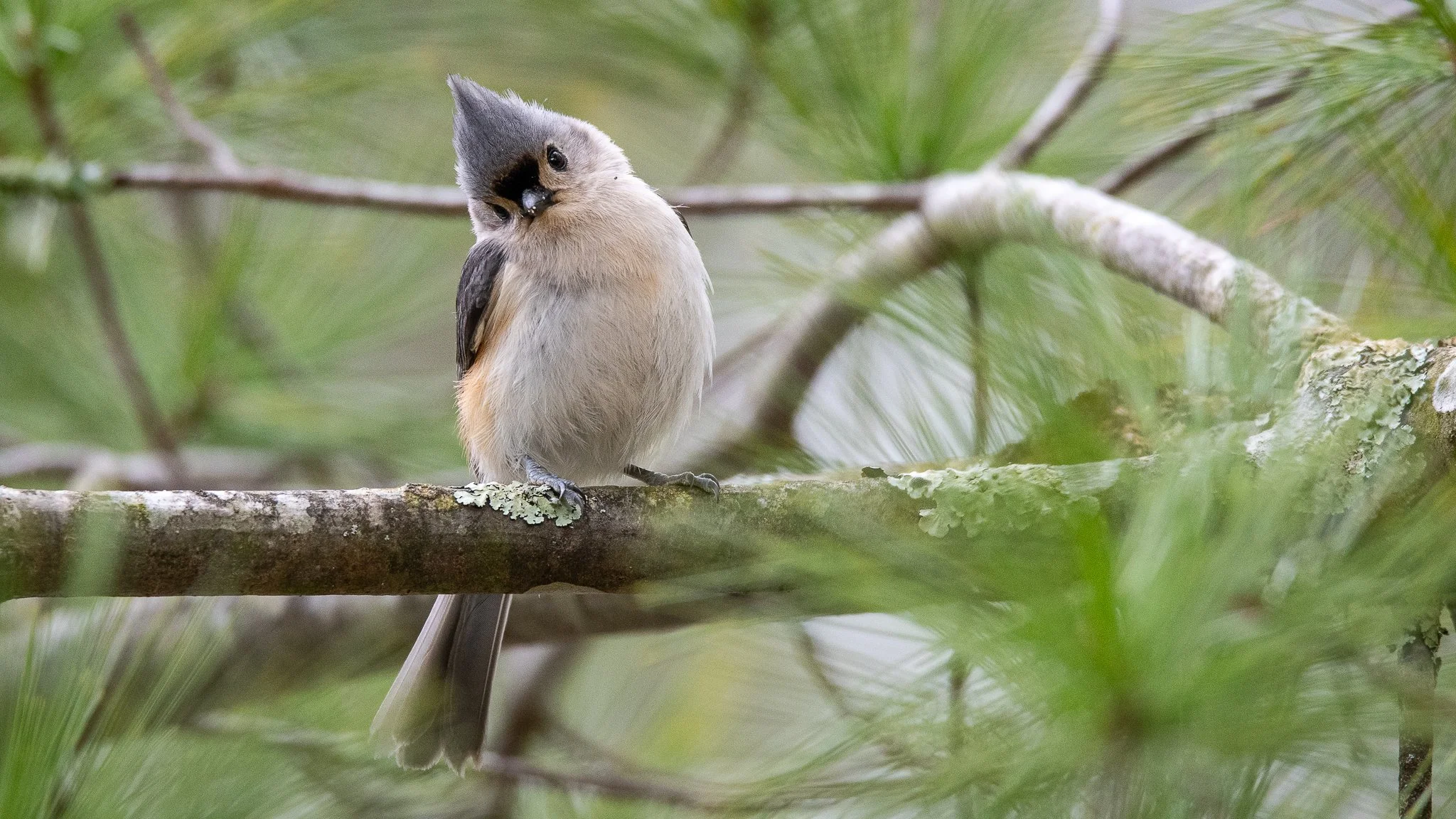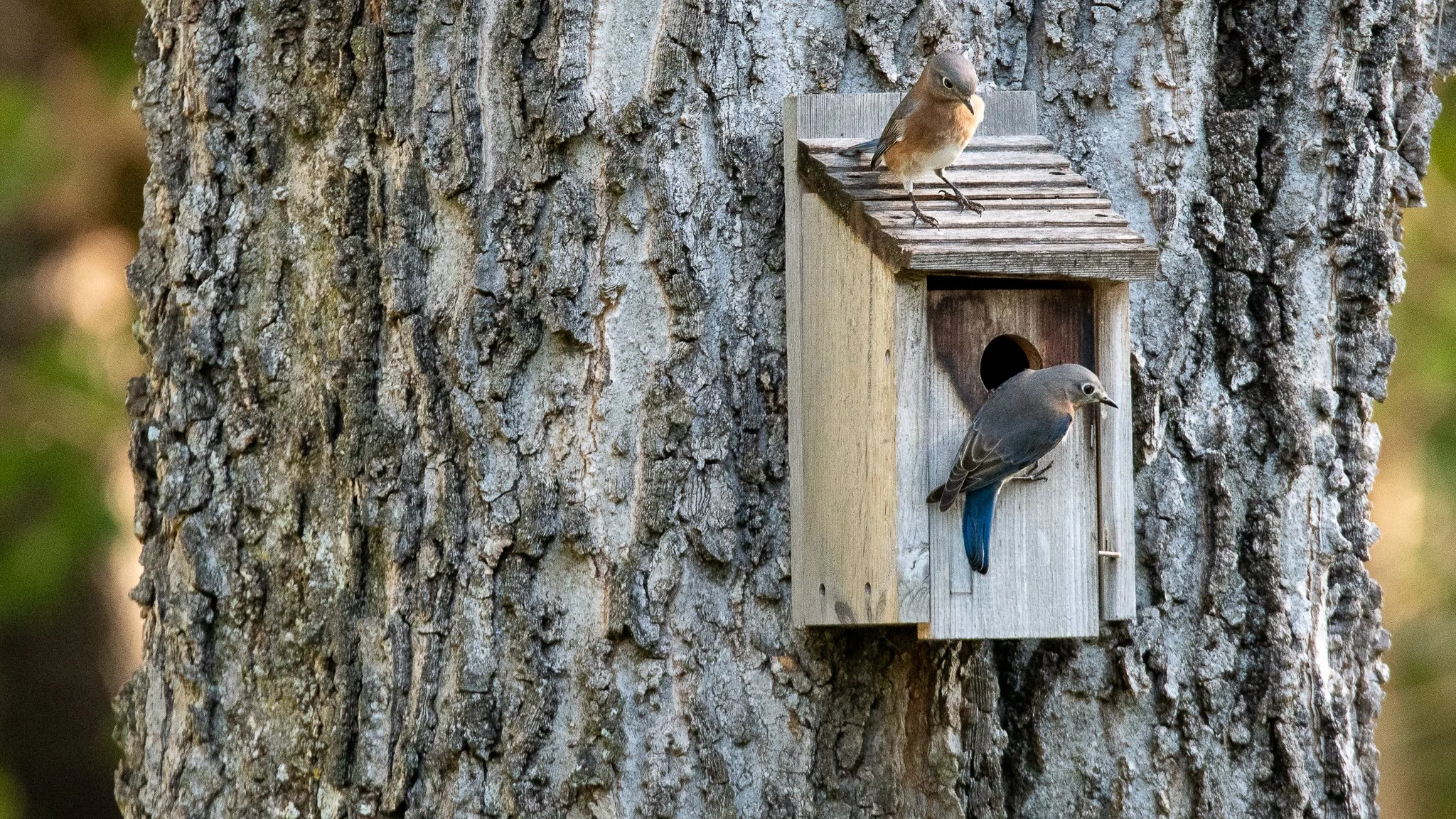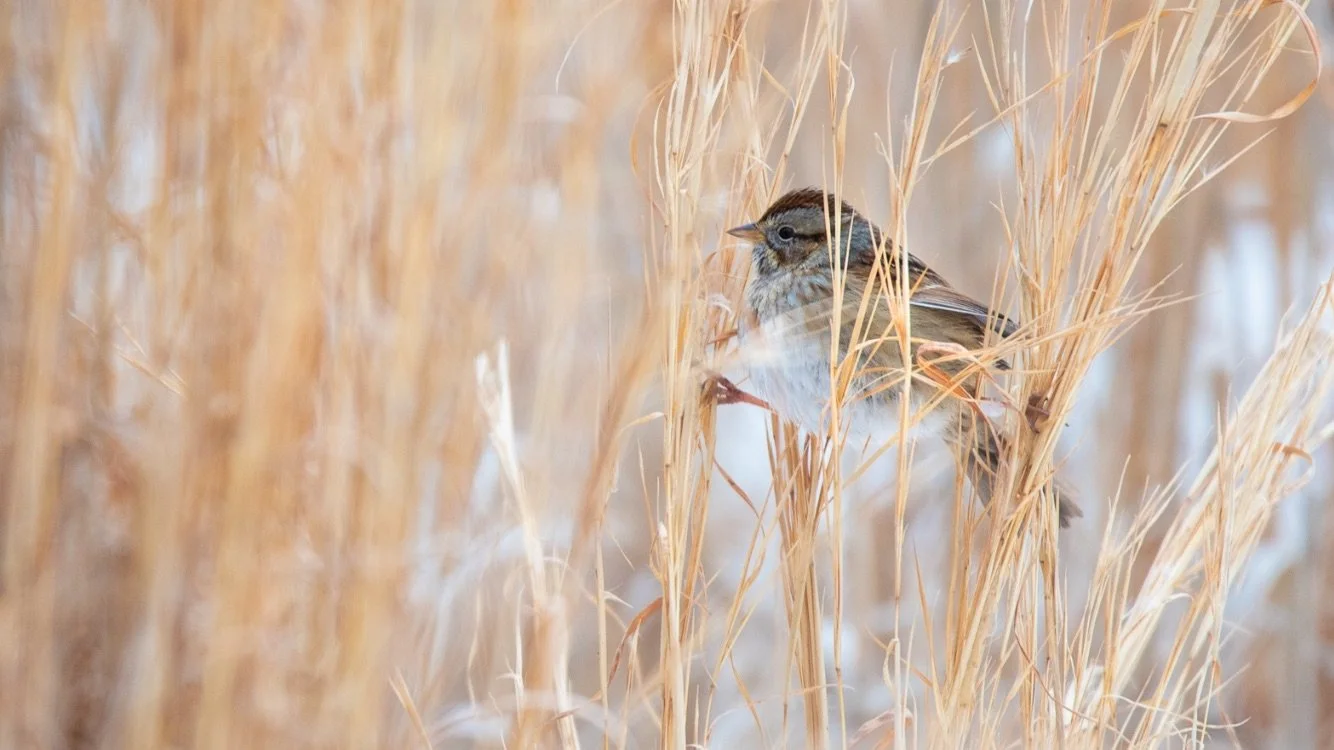Gifts from Local Artists
This time of year, we frequently find ourselves being asked if we carry any gifts from local artists. The answer to that is yes, and today we are going to highlight them!
For example, did you know our very own Jamie is a very talented potter? For the last couple of years we have carried the handmade ceramic mugs, bird feeders, vases, and other accessories that Jamie and his father Jim produce in their home studio just down the road. This year, in addition to mugs, vases, oil lamps and orchid planters, they began producing their own take on the classic ceramic wren pot. Hang this in a protected area (such as under a carport or against your house) and there is a good chance that come spring, a pair of Carolina Wrens will use it to nest in!
Are you looking for an ornament that is unique and produced locally by hand? Lydia Wilson, a longtime customer of ours, produces beautiful hand folded origami cranes made with unique papers as well as crystals to really catch both the light and the eye. If you are wanting a unique ornament from a local artist that is sure to be the highlight of your tree, look no further than these!
Our holiday gift lineup would not be complete without Graham Gerdeman’s Birds of Tennessee calendar. In fact, Graham’s calendar has been so popular over the years that we have phased out the other calendars we used to carry. Each year, it features stunning photographs of birds all taken within the state of Tennessee and partial proceeds benefit Warner Park’s B.I.R.D. research program.
Holiday Hours
Our holiday hours this year are as follows:
Christmas Eve: 10:00-3:00
Christmas Day: Closed
Normal hours resume Friday, December 26th
New Year’s Eve: Normal hours
New Year’s Day: Closed
Increased Feeder Activity
If the activity at your bird feeders seemed especially slow to you this fall, you are not alone. We saw the typical September-October slow down extend throughout the month of November this year. Why, you ask? Remember back to the spring and early summer when we had plenty of rainfall and relatively mild temperatures? This likely created a bumper crop of foods in the wild. (We have heard from many people of a greater than normal crop of acorns, for example) In addition to this, with warm weather sticking around through November, there was a ready supply of insects available. These factors combined to create an exceptionally slow fall at bird feeders.
Carolina Chickadee foraging for food
Photo by Eli Haislip
We are happy to report that feeder activity is finally picking up, though, and people are seeing some interesting things. For example, Purple Finches are being reported earlier and in greater numbers than in previous years, so if you need to restock your seed supply, come on down and see us!

